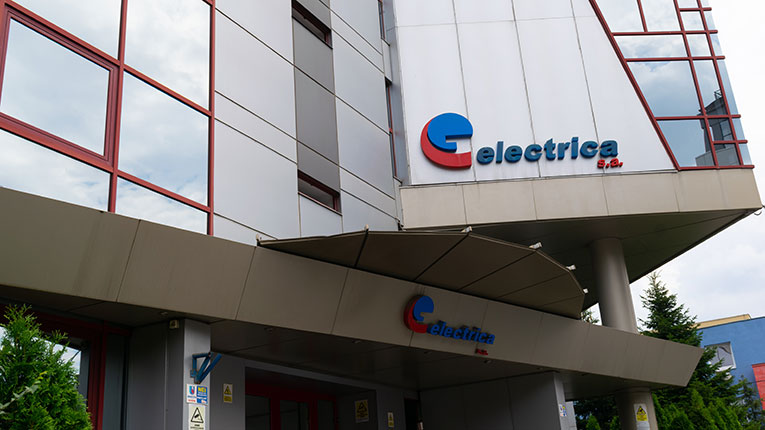Electrica announces that the international agency Fitch Ratings has upgraded the company’s rating outlook from “negative” to “stable” and confirmed the long-term rating at “BBB-”. This positive development comes after a complex period, marked by global economic and energy challenges.
Thus, Electrica’s rating is similar to Romania’s sovereign, but the company’s outlook is better than the one attached to the sovereign rating, which remains “negative”. In addition, there is the potential for Electrica’s rating to become up to two notches higher than the sovereign.
“The return to a “stable” outlook comes after a complex journey, amid the uncertainties generated by the pandemic and the energy crisis. The fact that today we have an outlook superior to the sovereign rating confirms the company’s resilience and ability to adapt. Fitch Ratings’ decision validates our sustained efforts to strengthen the financial position of the Electrica Group and supports us in implementing our strategic plans, including the green bond issuance, approved at the end of 2024 and scheduled for this year. I thank all my colleagues for their effort and involvement in achieving these results”, says Alexandru Chiriță, CEO, Electrica.
From the first assessment carried out by Fitch Ratings in 2019 until 2022, Electrica had a higher rating than the sovereign, namely “BBB” with an initial “stable” and later “negative” outlook, compared to the sovereign rating of “BBB-“. From 2022, with the revision of Electrica’s rating to “BBB-” with a “negative” outlook, the company’s rating became “similar” to the sovereign until 2023, when the sovereign rating outlook was improved to “stable”. In December 2024, when the sovereign rating outlook returned to “negative”, Electrica was again aligned with the sovereign rating.
Today, with the confirmation of Electrica’s long-term rating at “BBB-” and the improvement of the outlook to “stable”, the company holds a rating similar to the sovereign, but benefits from a better outlook, while the sovereign rating remains “negative”.
According to Fitch’s analysis, the improvement of Electrica’s outlook is mainly based on the following factors:
- Improved financing structure – Electrica has optimized its financing structure, reducing the share of short-term debt from 80% to approximately 60% of total debt by the end of 2024. In this context, the company recently contracted a long-term loan of EUR 200 million from the European Investment Bank (EIB), intended to support investments in the distribution segment. In addition, Electrica intends to sign a 3.1 billion lei syndicated credit facility in April, which will be used both to partially refinance existing short-term debt and to finance investments in the production and distribution segments;
- Solid financial performance – sustainable performance in the distribution segment (around 80% of EBITDA being derived from regulated and predictable electricity distribution);
- The company’s net debt ratio (net leverage) is expected to remain within the range set by the rating agency, between 3x and 4x during 2025-2029, as a result of a constant EBITDA and a solid generation of funds from operations (FFO);
- EBITDA growth projected starting with 2025 – a slight improvement in EBITDA for 2025 is forecast to approximately 1.5 billion lei, with additional benefits expected from the generation segment starting with 2027;
- The new regulatory period in the distribution segment provides for an increase in the return on the regulated asset base (RAB) to 6.94%, a level that compensates for the decrease in incentives for certain categories of investments and ensures the separate recognition of network losses, thus contributing to maintaining the company’s financial stability.
- Electrica is running an ambitious renewable energy investment program, with an estimated budget of approximately 1.6 billion lei until 2029. These investments aim to increase its own electricity generation capacity, thus ensuring effective protection against energy price volatility and contributing to the achievement of national energy sustainability objectives. It is estimated that the generation segment will contribute about 10% to the company’s EBITDA starting with 2027, once the planned projects are put into operation.
